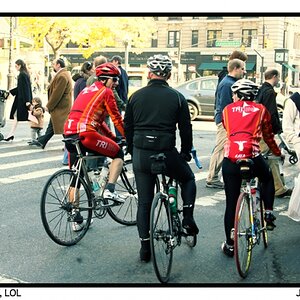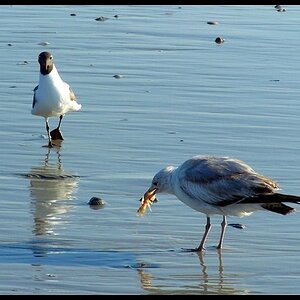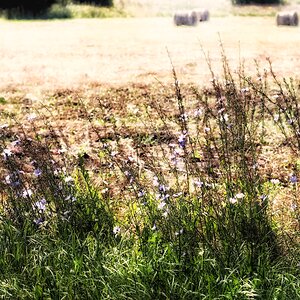jamiebonline
TPF Noob!
- Joined
- Aug 14, 2013
- Messages
- 122
- Reaction score
- 21
- Location
- Ireland
- Can others edit my Photos
- Photos OK to edit
hi guys
these days i am shooting portraits a lot in very direct daytime sun. can't shoot in golden hours. here are my options:
backlight and expose for the subject
backlight and use reflector (i don't use or have a flash right now)
use open shade
and another option? what about having the sun directly lighting the subject? the shadows are harsh and the subject will squint unless they looking away or have sunglasses i know but still it is doable. but how do i counteract the harsh contrast? any exposure tricks to soften things? i have seen some pics like this that worked but not sure how they are doing them. it might all be done in post. also they were black and white not colour.
thanks for any ideas
these days i am shooting portraits a lot in very direct daytime sun. can't shoot in golden hours. here are my options:
backlight and expose for the subject
backlight and use reflector (i don't use or have a flash right now)
use open shade
and another option? what about having the sun directly lighting the subject? the shadows are harsh and the subject will squint unless they looking away or have sunglasses i know but still it is doable. but how do i counteract the harsh contrast? any exposure tricks to soften things? i have seen some pics like this that worked but not sure how they are doing them. it might all be done in post. also they were black and white not colour.
thanks for any ideas
Last edited:


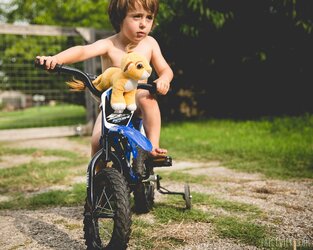
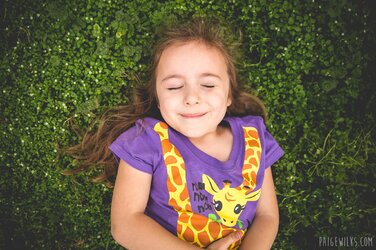
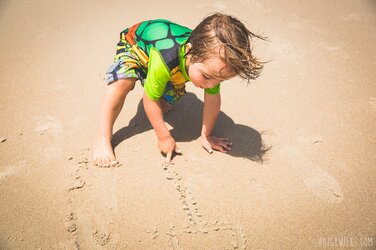
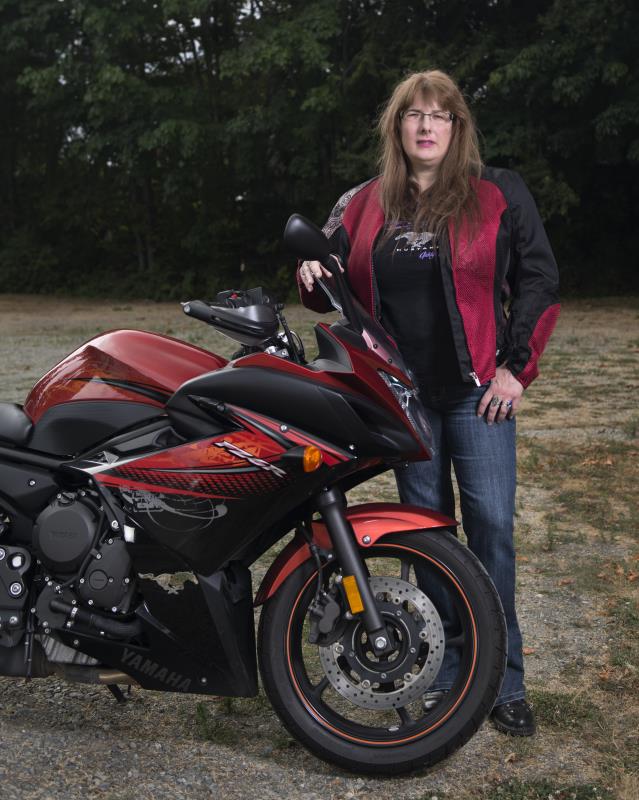
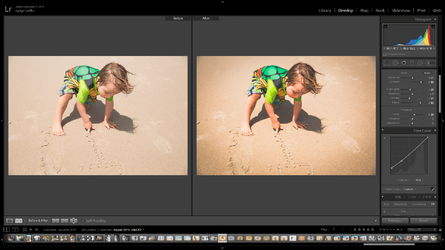
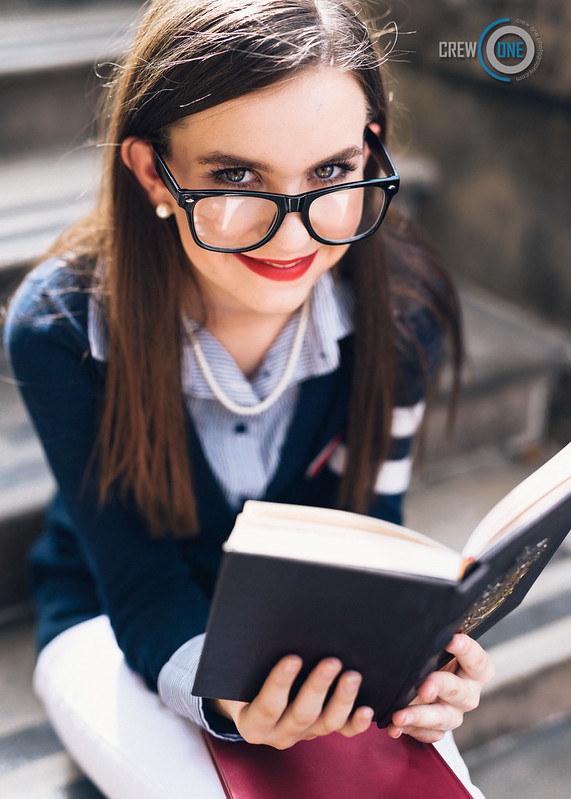

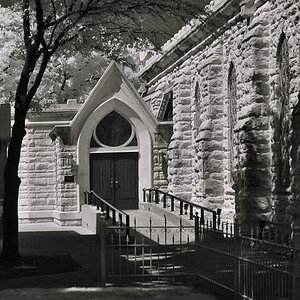
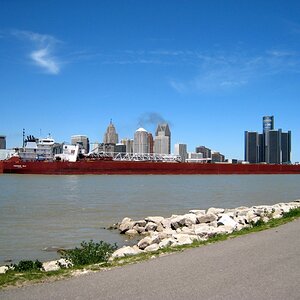

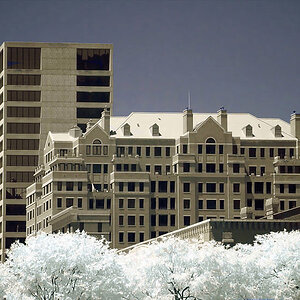
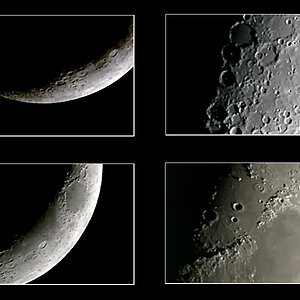
![[No title]](/data/xfmg/thumbnail/36/36400-97a007ae878e1032155c7a7d47eeba73.jpg?1619737552)
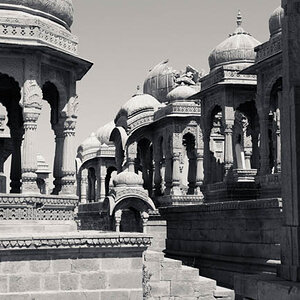
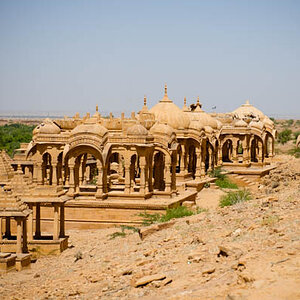
![[No title]](/data/xfmg/thumbnail/33/33340-27d18dd642b5257e4b9a04a4c1feffd1.jpg?1619735910)
